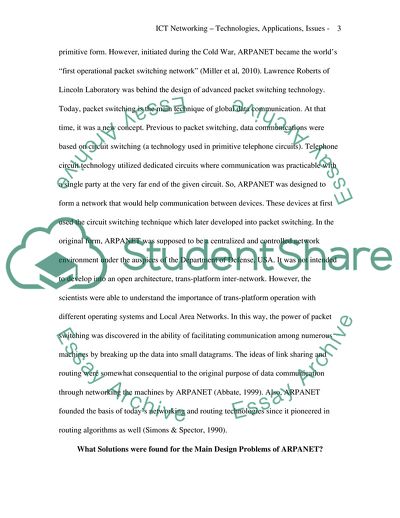Cite this document
(Networking Technologies, Applications and Issues Essay, n.d.)
Networking Technologies, Applications and Issues Essay. https://studentshare.org/information-technology/1740820-ict-networking-technologies-applications-issues
Networking Technologies, Applications and Issues Essay. https://studentshare.org/information-technology/1740820-ict-networking-technologies-applications-issues
(Networking Technologies, Applications and Issues Essay)
Networking Technologies, Applications and Issues Essay. https://studentshare.org/information-technology/1740820-ict-networking-technologies-applications-issues.
Networking Technologies, Applications and Issues Essay. https://studentshare.org/information-technology/1740820-ict-networking-technologies-applications-issues.
“Networking Technologies, Applications and Issues Essay”. https://studentshare.org/information-technology/1740820-ict-networking-technologies-applications-issues.


